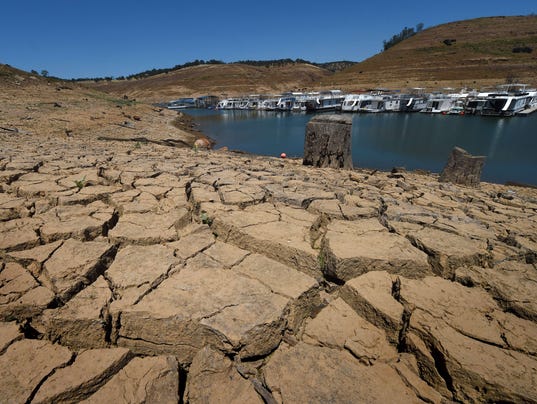 California's historic drought appears to be matched by severe dry spells on three other continents. Brazil, North Korea and South Africa are bearing the brunt of much lower-than-average precipitation, wreaking havoc on millions of peoples' lives and livelihoods.
California's historic drought appears to be matched by severe dry spells on three other continents. Brazil, North Korea and South Africa are bearing the brunt of much lower-than-average precipitation, wreaking havoc on millions of peoples' lives and livelihoods.
While the causes vary from country to country, the chance of more intense droughts in the future as a result of man-made climate change is only increasing as regional extremes of precipitation — both more and less — remain likely, according to the U.N.'s Intergovernmental Panel on Climate Change.
Every drought is unique, said Peter Gleick, president of the Pacific Institute, a global water think tank in Oakland. "The same drought in California would have very different impacts in other countries," he said.
What's considered a drought in Bali, Indonesia — where six days without rain is unusual — would certainly not be considered a drought in Libya — where annual rainfall is just 7 inches — the National Drought Mitigation Center reported.
In some parts of the world — such as the Middle East — drought is simply a permanent part of life because of the chronic lack of water, making desalination and the reuse of wastewater far more commonplace there, said Charles Iceland of the D.C.-based World Resources Institute.
Overall, tracking droughts globally is difficult: No country outside the U.S. has a comprehensive effort to monitor it, said climatologist Brian Fuchs of the National Drought Mitigation Center in Lincoln, Neb.
